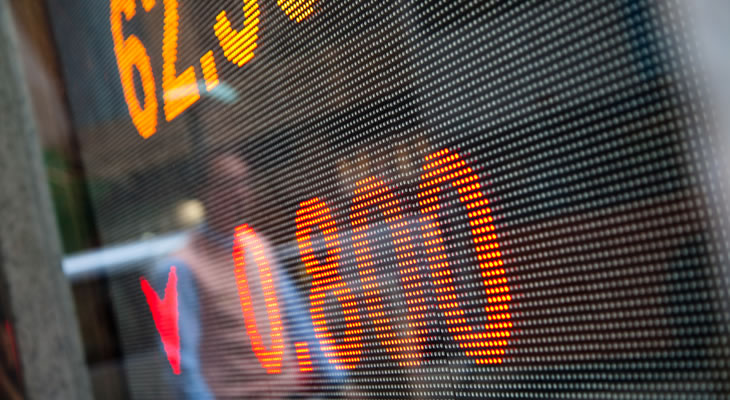The Pound Euro (GBP EUR) exchange rate rallied around half a cent from its worst levels this morning following an unexpectedly upbeat UK Manufacturing PMI.
According to data published by IHS Markit the UK’s factory sector saw activity leap from 54.2 to 57.3 last month, reaching a new three-year high and beating expectations that it would slip to 54.
The jump is largely attributed to rising demand from foreign orders as the weakness of the Pound and an uptick in global investment last month made UK goods an attractive prospect overseas.
Dave Atkinson, UK head of manufacturing at Lloyds Bank said;
‘While the pound remains weak and is undoubtedly pushing up import costs, we are seeing a spike in businesses seeking support to export and capitalise on overseas buyers’ appetite for goods priced in sterling.’
The figures also present a more upbeat outlook for the rest of 2017 as it brought an end to three months of consecutive declines and suggested that the sector could survive despite a downturn in domestic spending, strengthening GBP EUR.
However with the start of Brexit and a General Election looming some manufacturers remain a little more pessimistic about future growth, especially if the UK is forced to fall back on World Trade Organisation (WTO) terms if no Brexit agreement is reached.
Meanwhile, the Euro was strengthened this morning by the news that Greece had finally reached an agreement with its creditors to release the next payment in its €86bn bailout.
The agreement (which includes pension cuts and tax hikes) should prevent Athens from defaulting on a €7.5bn repayment in July and leaves the door open for Eurozone finance ministers to begin discussing the possibility for debt relief for Greece.
However critics of the deal have been quick to point out that there is no written agreement regarding the debt relief, nor any mention of being included in European Central Bank’s (ECB) quantitative easing programme.
Looking ahead the GBP EUR exchange rate is likely to slip again tomorrow if the UK’s Construction PMI slides from 52.2 to 52 in April as expected.
Meanwhile the Euro may rebound if Wednesday Eurozone GDP figures report that the bloc grew from 0.4% to 0.5% in the first quarter of 2017 as economists predict.
Current Interbank Exchange Rates
At the time of writing the GBP EUR exchange rate was trending around 1.18 and the EUR GBP exchange rate was trending around 0.84.


Comments are closed.